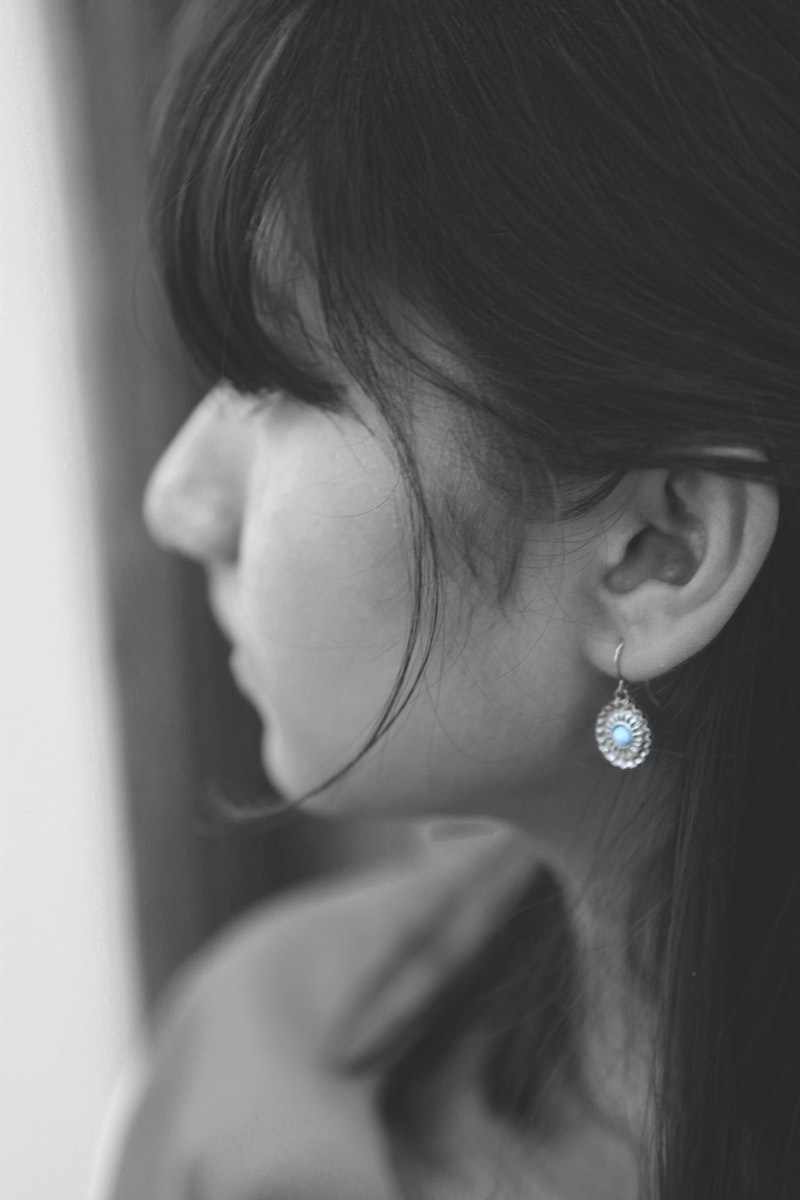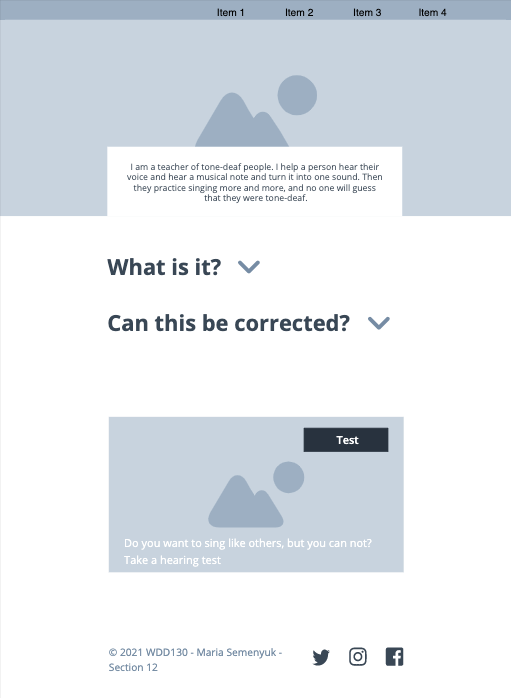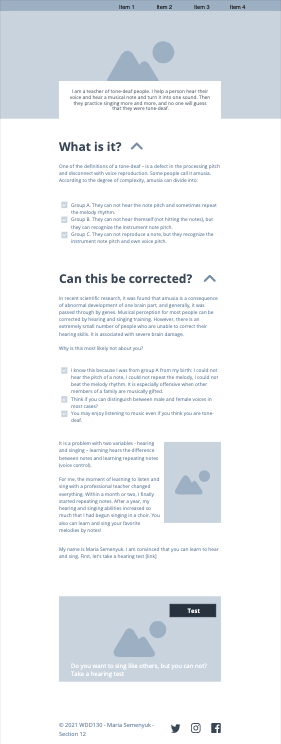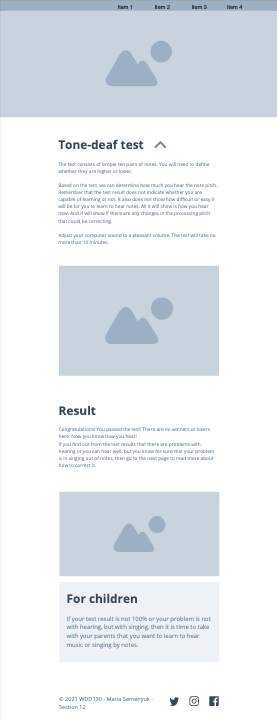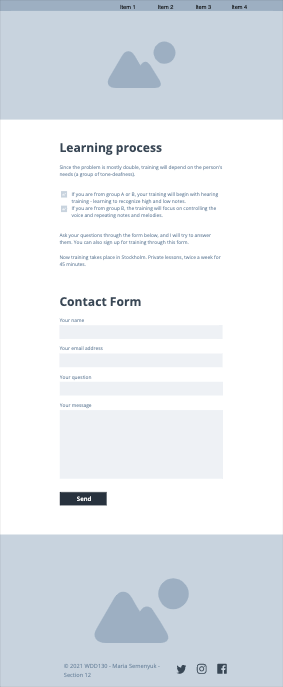Content
Home page
I am a teacher of tone-deaf people. I help a person hear their voice and hear a musical note and turn it into one sound. Then they practice singing more and more, and no one will guess that they were tone-deaf.
What is it?
One of the definitions of a tone-deaf – is a defect in the processing pitch and disconnect with voice reproduction. Some people call it amusia. According to the degree of complexity, amusia can divide into:
- Group A. They can not hear the note pitch and sometimes repeat the melody rhythm.
- Group B. They can not hear themself (not hitting the notes), but they can recognize the instrument note pitch.
- Group C. They can not reproduce a note, but they recognize the instrument note pitch and own voice pitch.
Can this be corrected?
In recent scientific research, it was found that amusia is a consequence of abnormal development of one brain part, and generally, it was passed through by genes. Musical perception for most people can be corrected by hearing and singing training. However, there is an extremely small number of people who are unable to correct their hearing skills. It is associated with severe brain damage.
Why is this most likely not about you?
- I know this because I was from group A from my birth: I could not hear the pitch of a note, I could not repeat the melody, I could not beat the melody rhythm. It is especially offensive when other members of a family are musically gifted.
- Think if you can distinguish between male and female voices in most cases?
- You may enjoy listening to music even if you think you are tone-deaf.
It is a problem with two variables - hearing and singing – learning hears the difference between notes and learning repeating notes (voice control).
For me, the moment of learning to listen and sing with a professional teacher changed everything. Within a month or two, I finally started repeating notes. After a year, my hearing and singing abilities increased so much that I had begun singing in a choir. You also can learn and sing your favorite melodies by notes!
[photo] My name is Maria Semenyuk. I am convinced that you can learn to hear and sing. First, let's take a hearing test [link]
[ link from the home page for children: do you want to sing like others, but you can not? Take a hearing test ]
Page 2: Tone-deaf test
The test consists of simple ten pairs of notes. You will need to define whether they are higher or lower.
Based on the test, we can determine how much you hear the note pitch. Remember that the test result does not indicate whether you are capable of learning or not. It also does not show how difficult or easy it will be for you to learn to hear notes. All it will show is how you hear now. And it will show if there are any changes in the processing pitch that could be correcting.
Adjust your computer sound to a pleasant volume. The test will take no more than 10 minutes.
Congratulations! You passed the test! There are no winners or losers here. Now you know how you hear!
If you find out from the test results that there are problems with hearing or you can hear well, but you know for sure that your problem is in singing out of notes, then go to the next page to read more about how to correct it.
[link from the second page for children: If your test result is not 100% or your problem is not with hearing, but with singing, then it is time to tell your parents that you want to learn to hear music or singing by notes. Show them the website. ]
Page 3: Learning process
Since the problem is mostly double, training will depend on the person's needs (a group of tone-deafness).
- If you are from group A or B, your training will begin with hearing training - learning to recognize high and low notes.
- If you are from group B, the training will focus on controlling the voice and repeating notes and melodies.
Ask your questions through the form below, and I will try to answer them. You can also sign up for training through this form.
Now training takes place in Stockholm. Private lessons, twice a week for 45 minutes.
[ Contact form ]


